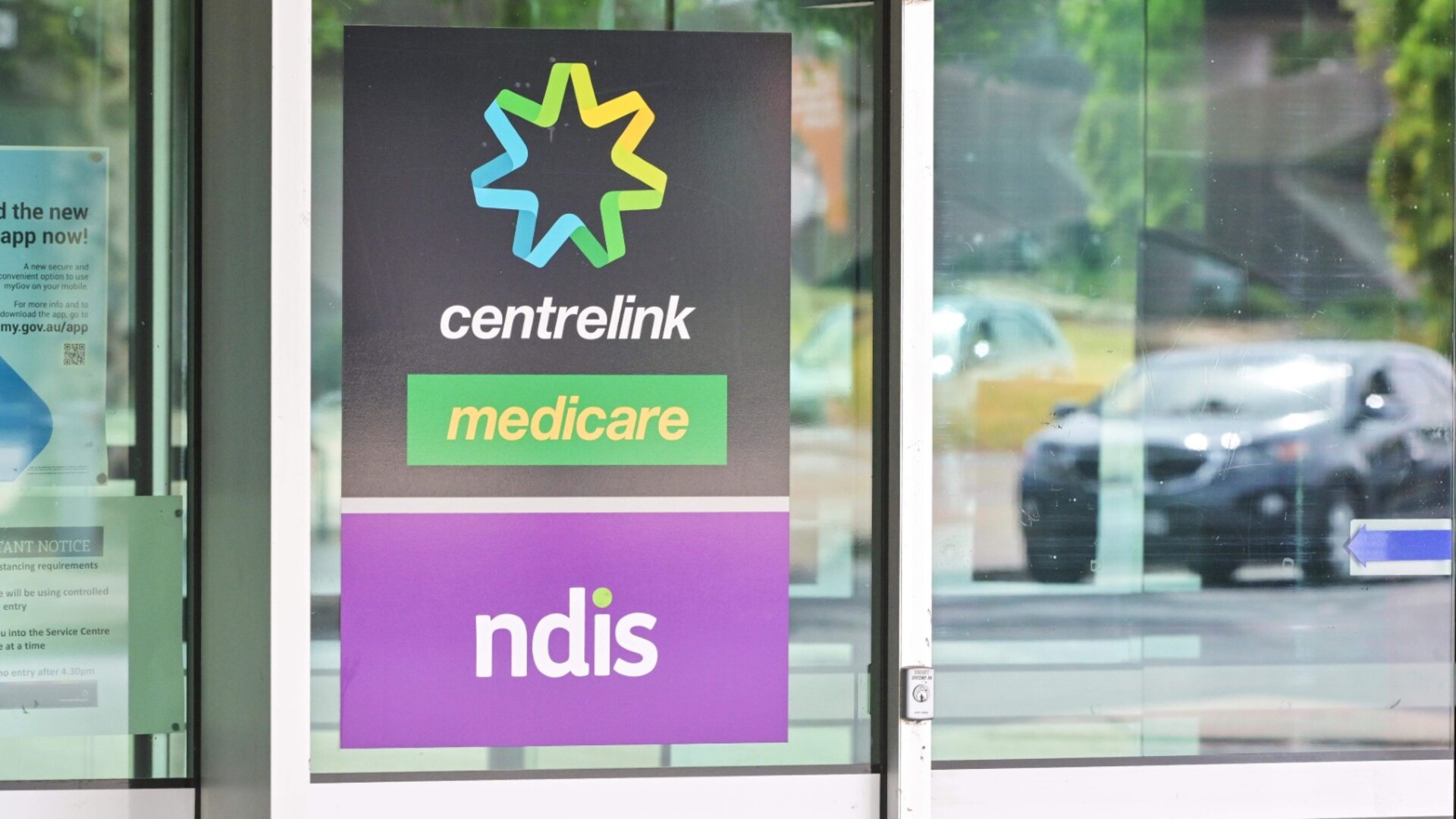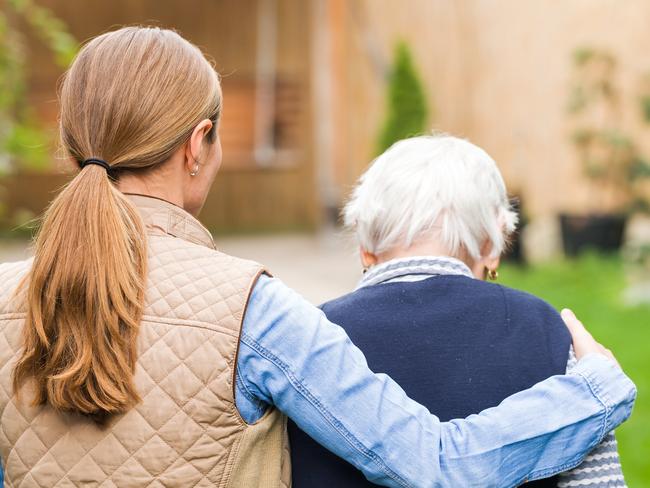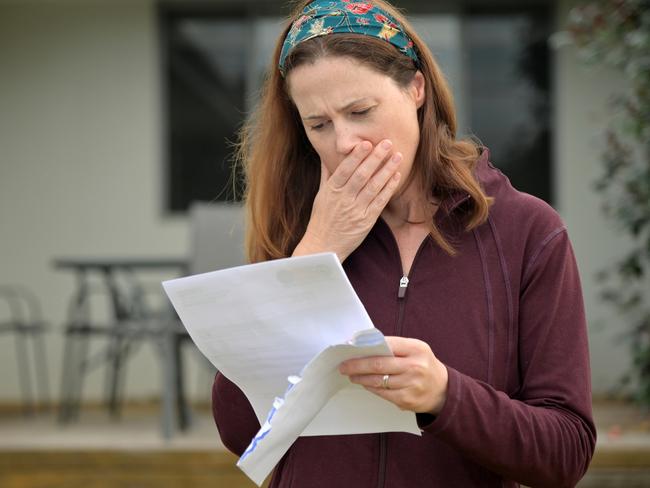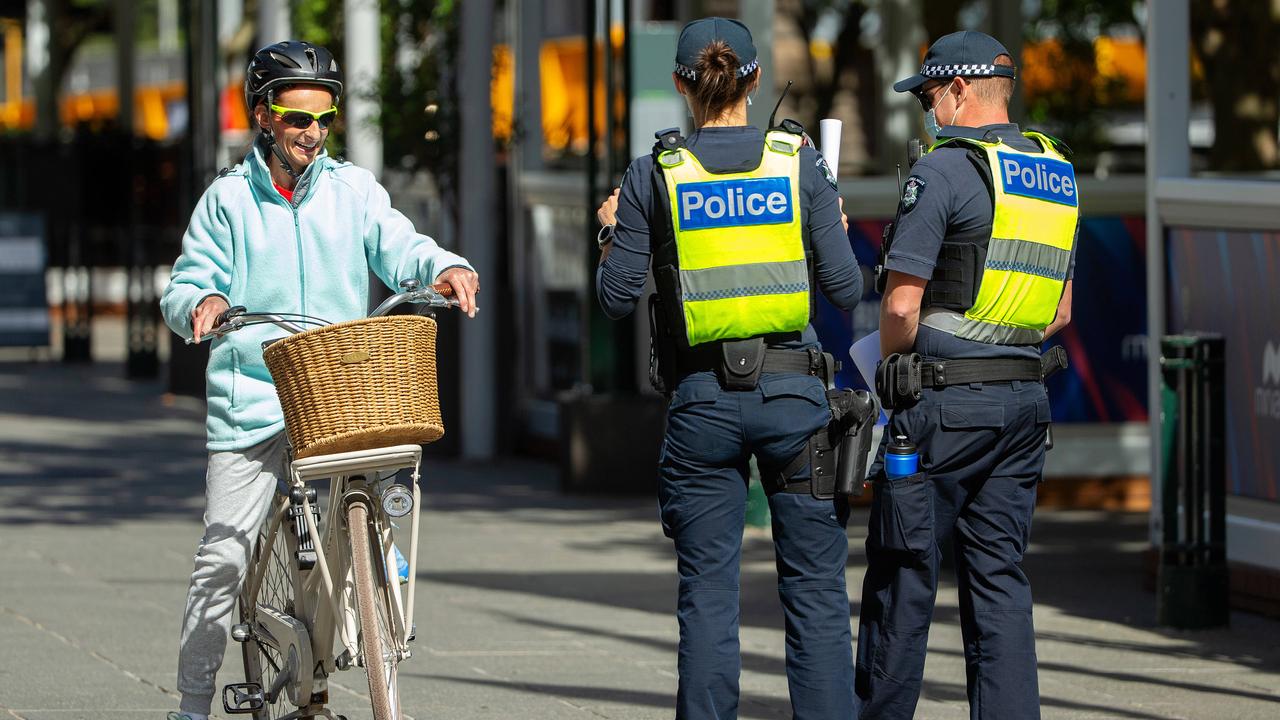A new study has found the NDIS is more likely to reject female, elderly and poorer applicants
NDIS spending was expected to total $44.3 billion in 12 months, but new data has raised questioned about the application process. See the discrepancies here.

Victoria
Don't miss out on the headlines from Victoria. Followed categories will be added to My News.
The NDIS is less likely to support women, older Australians and people in poorer suburbs for certain disabilities, compared to other demographics, new data has revealed.
NDIS spending was expected to total $44.3 billion last financial year, but new research have questioned how that money is allocated after analysing more than 485,000 applications from 2016 to 2022.
The applications, from July 2016 to August 2022, were more likely to be rejected for certain types of disabilities if the person was aged over 54, female or living in a more socio-economically disadvantaged area.
The Melbourne university led-study, published in the Medical Journal of Australia, found the discrepancy was focused across three categories, though noted socio-economically disadvantaged applicants had “generally lower” success rates across most disability types.

“We found inequalities in NDIS access for applicants with physical, psychosocial, and unclassified disability types, particularly for women and girls,” the study found.
“As access to the NDIS is partly based on medical evidence provided by treating health professionals, the cost of proving eligibility may be too high for people with limited financial resources,” the study said.
“People with disability do not have the same access to public services and health care as other people, in part because they cannot afford the out-of-pocket costs.
“Further, women may be disadvantaged by a disability support system overly influenced by a medical system that has historically favoured men.”
Of the more than 485,000 applications, one in four were for autism, 17 per cent for psychosocial disability, 16.8 per cent were for intellectual disability and 13.7 per cent physical disability.
The differences in successful applications rates by age equated to people over 54-years-old receiving 235 fewer approvals, per 1000 applications, than their younger counterparts for ‘physical disability’.

Women had 145 fewer per 1000 compared to men, while there were 86 less per 1000 for people from a lower socio-economic status.
For psychosocial disabilities, which means a person’s mental illness impacts their functioning to the point of disability, women had 83 fewer successful applications per 1000 submissions compared to men.
The researchers said the differences between demographics eligibility rate was small for brain injuries and strokes, intellectual disabilities and autism.
But these categories’ also had far higher acceptance rates — across all demographics — with more than 90 per cent of applicants found to qualify for NDIS.
This compared to a success rate of between 59 and 75 per cent for physical, psychosocial or unclassified applications.
The researchers did not find major differences in allocated funding, among those who were approved, based on age, gender or location.



